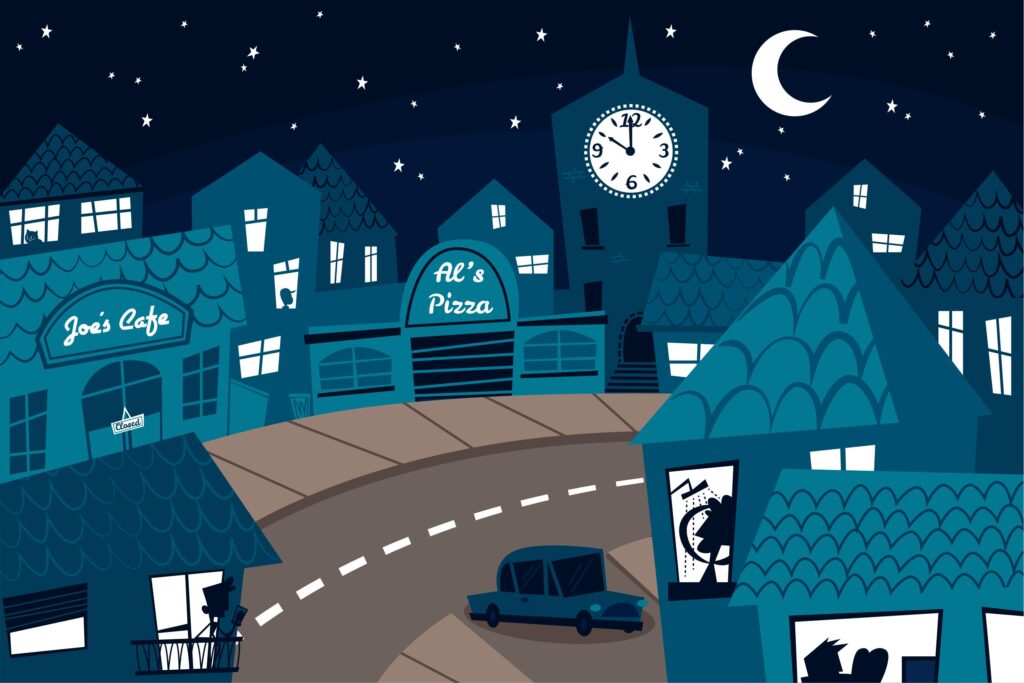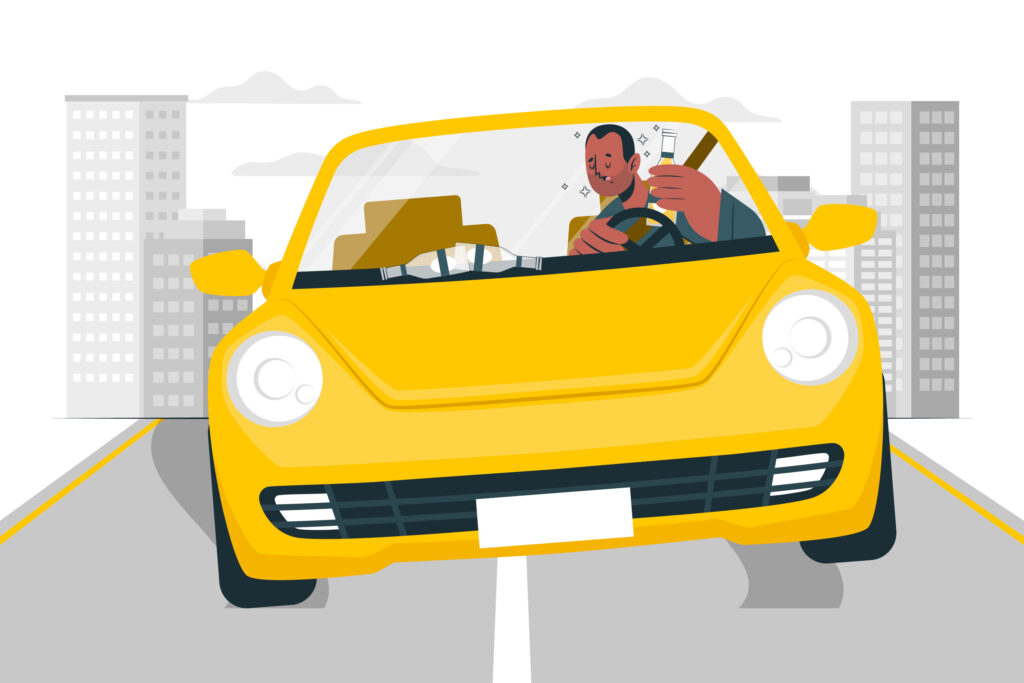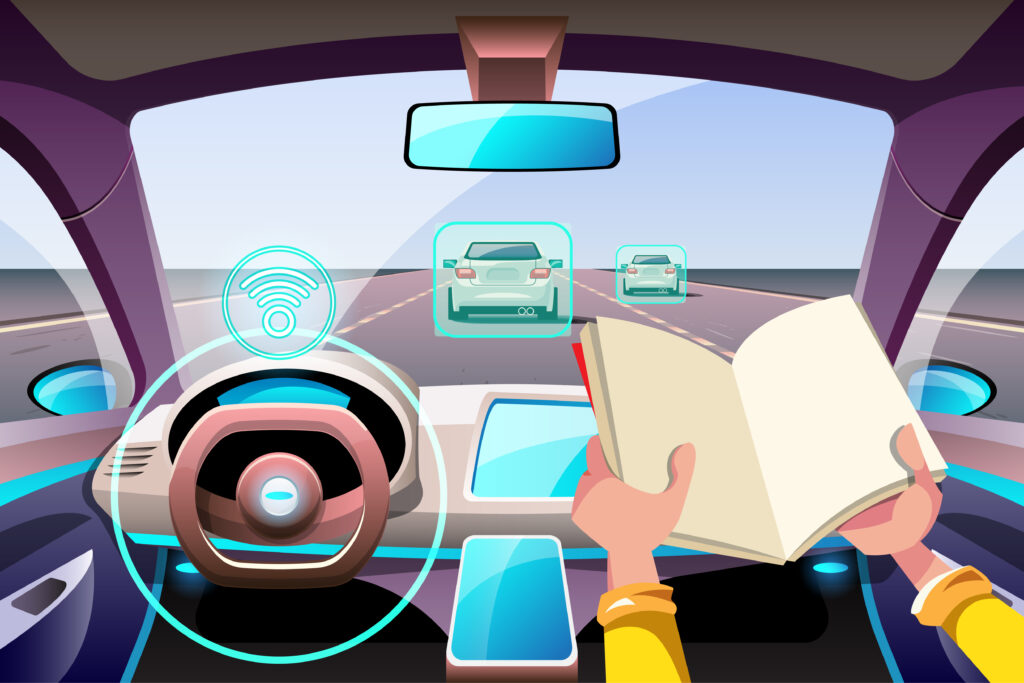Driving at night can be an exhilarating experience, with the open road stretching ahead and the tranquility of the starry sky above. However, it also presents unique challenges that demand extra caution and skill. Dimmed vision, lurking hazards, and the seductive pull of drowsiness can turn a peaceful drive into a perilous one. But fear not! In this article, we will unravel the secrets of mastering nighttime driving, arming you with essential do’s and don’ts to ensure your safety and confidence when navigating the darkened streets.
So fasten your seatbelt, adjust your rearview mirror, and let’s dive into the world of nighttime driving mastery!

Do’s of Nighttime Driving
Do Ensure Proper Vehicle Maintenance
Before hitting the road at night, make sure your vehicle is in optimal condition. Check your headlights, taillights, and turn signals to ensure they are functioning properly. Regularly clean your windshield and replace worn-out wiper blades. Properly inflated tires and well-maintained brakes are also crucial for safe nighttime driving.
To kick off your journey toward nighttime driving mastery, begin with ensuring proper vehicle maintenance. Regularly check your headlights, taillights, and turn signals to ensure they are functioning properly. Clean your windshield and replace worn-out wiper blades to optimize visibility. Remember, a well-maintained vehicle is your first line of defense on the road.
Do Use High Beams Responsibly
When driving on poorly lit roads with no oncoming traffic, you can use your high beams to enhance your visibility. However, be considerate of other drivers and dim your lights when approaching them. High beams can blind and disorient other drivers, increasing the risk of accidents.
Do Dim Your Dashboard Lights
Bright dashboard lights can cause unnecessary glare and reduce your ability to see the road ahead. Adjust the brightness of your dashboard lights to a level that allows you to see the gauges clearly without causing distractions or hindering your vision.
Do Stay Alert and Focused
Nighttime driving can be tiring, especially after a long day. Make sure you are well-rested before embarking on a nighttime journey. Avoid distractions such as using your phone or engaging in other activities that take your focus away from the road. Stay alert and be mindful of your surroundings at all times.
Do Adjust Your Speed
Reduce your speed when driving at night. This gives you more time to react to unexpected situations and provides better control over your vehicle. Adapting your speed to the road and weather conditions is crucial for a safe and comfortable drive.
Do Watch Out for Pedestrians and Animals
Be extra cautious of pedestrians and animals crossing the road at night. They can be more challenging to spot due to poor visibility. Scan the road ahead and use your peripheral vision to detect any movement. Slow down if you suspect any potential hazards nearby.
Do Minimize Glare from Other Vehicles
Glare from oncoming headlights or rearview mirrors can impair your vision. Avoid staring directly at bright lights and adjust your rearview mirror to the anti-glare setting. If necessary, look slightly to the right side of the road to avoid being blinded by oncoming headlights.
Do Be Prepared for Emergencies
Always be prepared for unexpected situations while driving at night. Keep an emergency kit in your vehicle, including items such as a flashlight, spare tire, jumper cables, and a reflective vest. It’s better to be prepared and equipped for emergencies than to be caught off guard.

Don’ts of Nighttime Driving
Don’t Drive When Fatigued
Fatigue impairs your judgment, slows your reaction time, and increases the risk of accidents. If you feel drowsy or fatigued, avoid driving at night. Take breaks, rest, and consider alternative transportation options if necessary.
Avoid Distracted Driving
Distracted driving is dangerous, regardless of the time of day. However, distractions can be more tempting during nighttime driving when you may feel less alert. Avoid using your phone, eating, or engaging in any activity that diverts your attention from the road.
Don’t Look Directly at Oncoming Lights
Staring directly at oncoming lights, especially high beams, can temporarily blind you and make it difficult to see the road. Instead, focus on the right side of the road and use your peripheral vision to maintain awareness of your surroundings.
Don’t Drink and Drive
Alcohol impairs your judgment, coordination, and reaction time. It is never safe to drink and drive, regardless of the time of day. If you plan on consuming alcohol, always designate a sober driver or use alternative transportation.
Avoid Overdriving Your Headlights
Overdriving your headlights means driving so fast that your stopping distance exceeds the distance illuminated by your headlights. Maintain a speed that allows you to stop safely within the range of your headlights to avoid collisions with unexpected obstacles.

Don’t Rely Solely on Technology
While modern vehicles are equipped with advanced safety features and technology, it is essential not to rely solely on them. Maintain an active role in driving and use technology as a supplement, not a substitute for attentive driving.
Avoid Speeding
Excessive speed is dangerous, especially at night when visibility is reduced. Observe the speed limits and adjust your speed according to the road and weather conditions. A moderate and controlled speed allows for better control of your vehicle and quicker reaction times.
Don’t Tailgate
Tailgating is unsafe and increases the likelihood of rear-end collisions. Leave enough space between your vehicle and the one in front of you, allowing for a safe braking distance. This buffer zone provides you with more time to react and prevents potential accidents.
Avoid Sudden Maneuvers
Sudden maneuvers, such as abrupt lane changes or hard braking, can lead to loss of control, especially at night. Indeed, the road surface at night is often more unpredictable, with potential hazards such as wet or icy patches that are difficult to see.
Drive smoothly and anticipate your actions in advance to maintain stability and avoid surprises.
Conclusion
Mastering nighttime driving requires a combination of knowledge, caution, and preparedness. By following the essential do’s and don’ts outlined in this article, you can enhance your safety and confidence while driving after dark. Remember to maintain your vehicle properly, use headlights appropriately, stay alert, adjust your speed, and avoid distractions. By prioritizing safety and practicing responsible driving habits, you can navigate the challenges of nighttime driving with ease.
With a little bit of luck and a lot of persistence, you can recover from this unfortunate situation and take steps to prevent it from happening again. If you need any assistance or immediate guidance, don’t hesitate to reach out to a YourPolicy agent at (866)236-0203.






